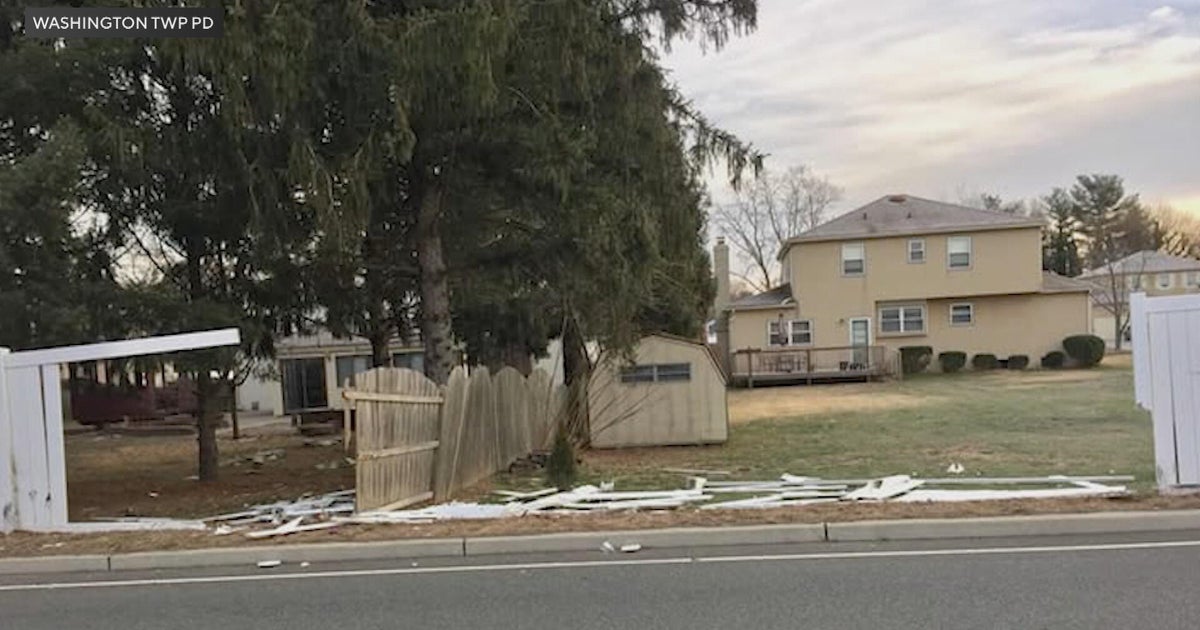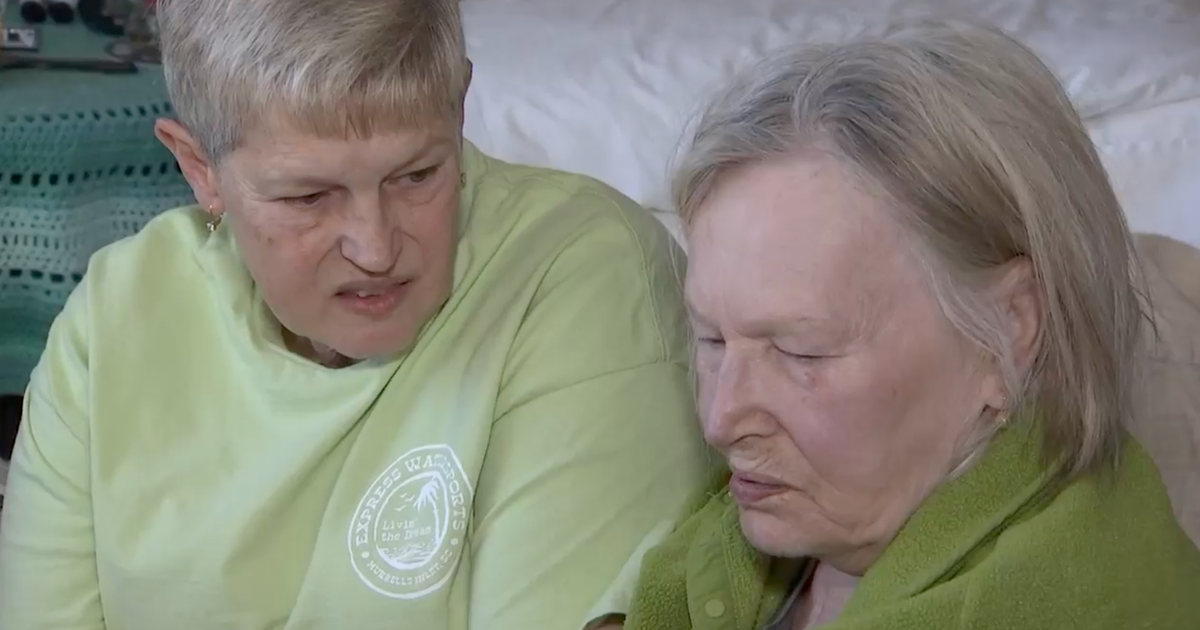The Pros & Cons Of Refinishing A Bathtub
You can buy a brand-new bathtub unit for as little as $300 at a retail hardware store, but the actual costs of removing and replacing will likely be much greater.
Reasons To Refinish
Houses are typically built around bathtubs during the initial construction. To start, most bathtubs are installed in a home during its initial construction. To remove an existing tub, finish items such as trim, bathtub surrounds and plumbing that are built up around the bathtub and will need to be removed. Depending on the tub's size, it can also mean that removing a bathtub from a room may require cutting it into pieces to fit through a door frame. When installing a new replacement bathtub, the plumbing would have to be reconfigured to fit and all the surrounding trim would have to be recreated.
The costs, which may run into the hundreds or thousands of dollars, and headache involved with replacing a bathtub may it a project that many homeowners would rather avoid.
Refinishing a bathtub, on the other hand, offers a cost- and time-effective solution. Starting at less than $300 to $400 for a standard-sized bathtub, a bathtub refinishing company can add a brand-new coating to the bathtub, allowing it to be used again in two to four days without the additional delays caused by replacement.
Although there are DIY products are available, bathtub refinishing is a probably a job best left to the professionals. Stripping an old finish off a tub, repairing and patching holes or cracks, and ventilating a room to expel the fumes produced by the refinishing process are all steps better left to a trained professional.
And refinishing isn't just limited to bathtubs, the process can be applied to sinks, wall tile, countertops, shower stalls and kitchen countertops of almost any material, including orcelain, cultured marble, fiberglass, acrylic, Formica and tile.
The Refinishing Process
While refinishing companies may have techniques or products that differ, the refinishing process itself is generally the same.
1. Site preparation - Because tub refinishing is messy, most companies will take adequate precautions to ensure dust and overspray from the refinishing process doesn't reach other parts of the home. This can be accomplished by covering the bathroom with heavy duty plastic or sheeting attached via painters tape. Since bathtub refinishing does produce an odor that may irritate home occupants, part of the site prep will include ventilating the area with a fan or exhaust system to keep odors contained to the bathroom or expelled into the outdoors. What odor remains typically dissipates in a few days.
2. Sanding down the old bathtub finish - The first step towards applying the new finish is removing the old one. The existing finish must stripped off and then the surface sanded down to create a smooth surface for the new finish to adhere to.
3. Repairing chips, cracks or imperfections - After stripping and sanding, there may be imperfections such as cracks, chips or rust or weak spots still in the substrate that the new finish will be applied to.
4. Primer, new surface and top coat - Application techniques and methods vary, but generally a primer will be applied to the surface and allowed to dry. Then multiple layers of refinishing coating will be applied after allowing the preceding coat to dry or set. A sealing coat is then applied to finish the application process. Depending on the company and product, it will usually be about two to four days before you can use the bathtub to allow time for the product to set properly.
If applied correctly, a refinished bathtub should last 10 to 15 years before requiring another refinishing.
________________________________
This article originally appeared on Angie's List.







